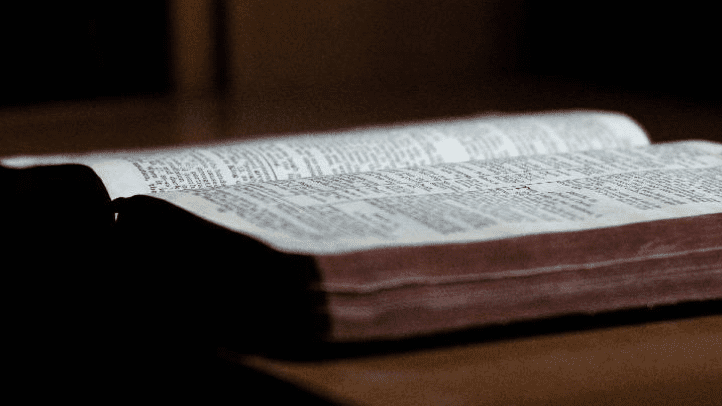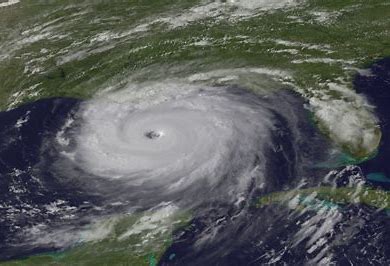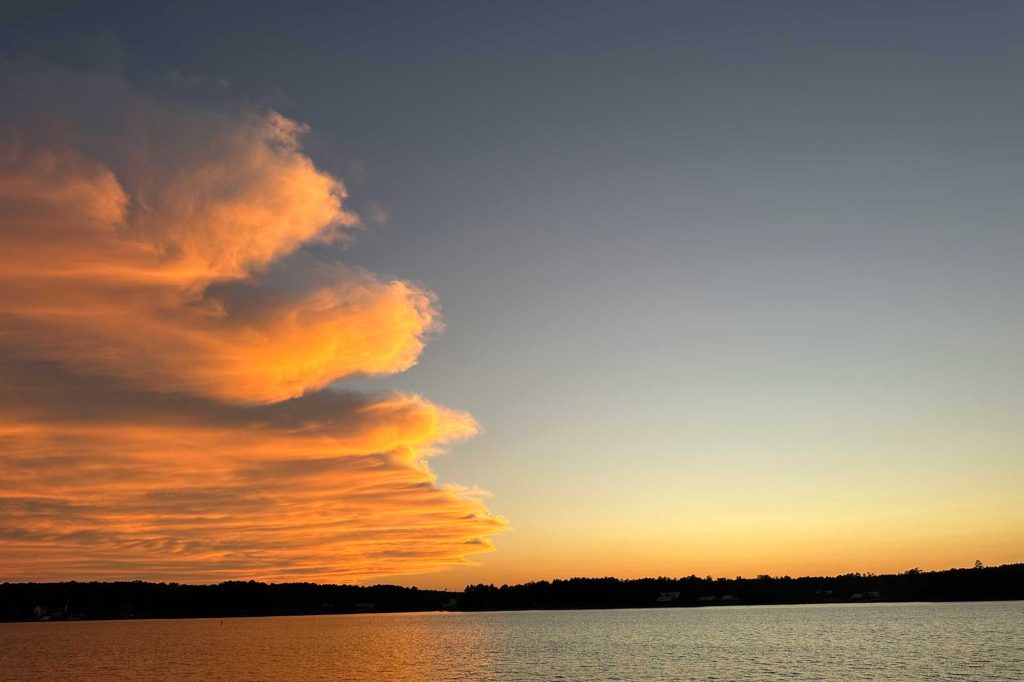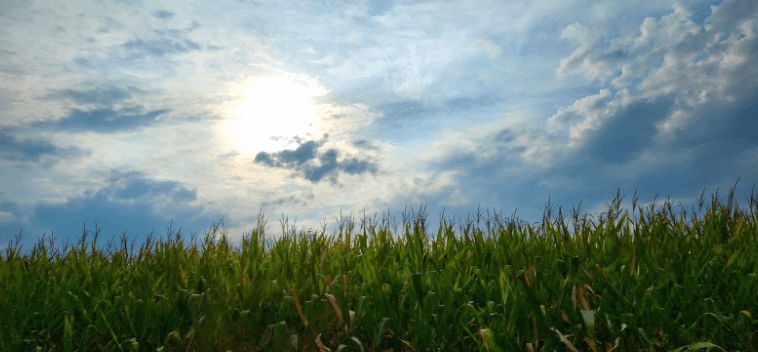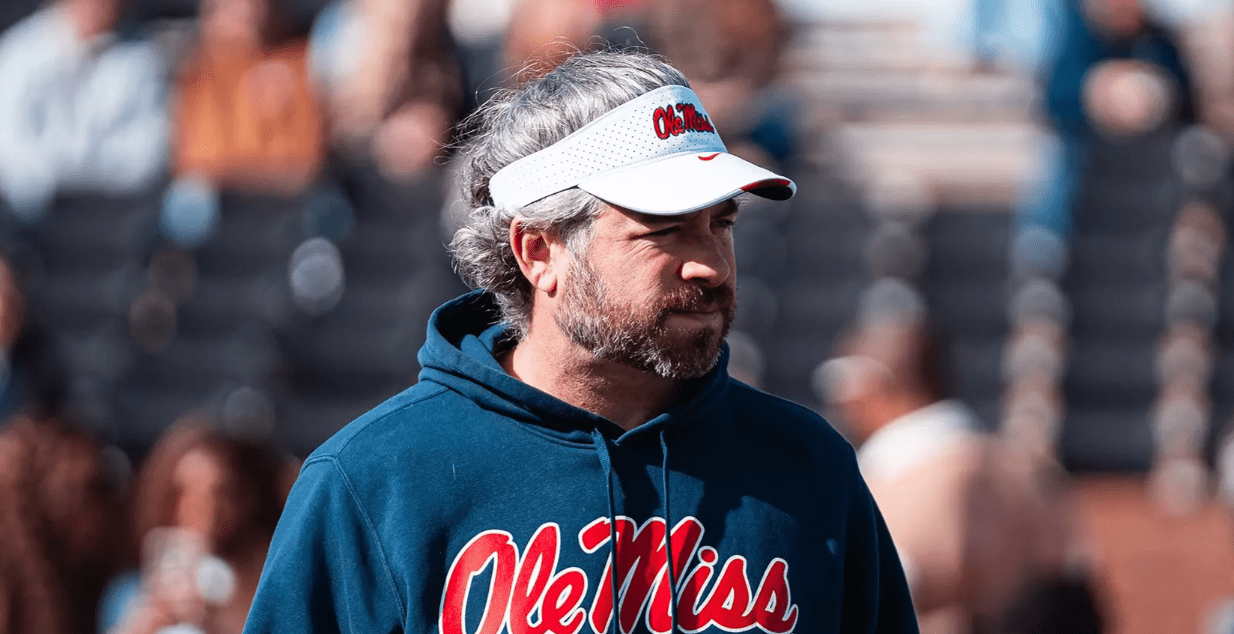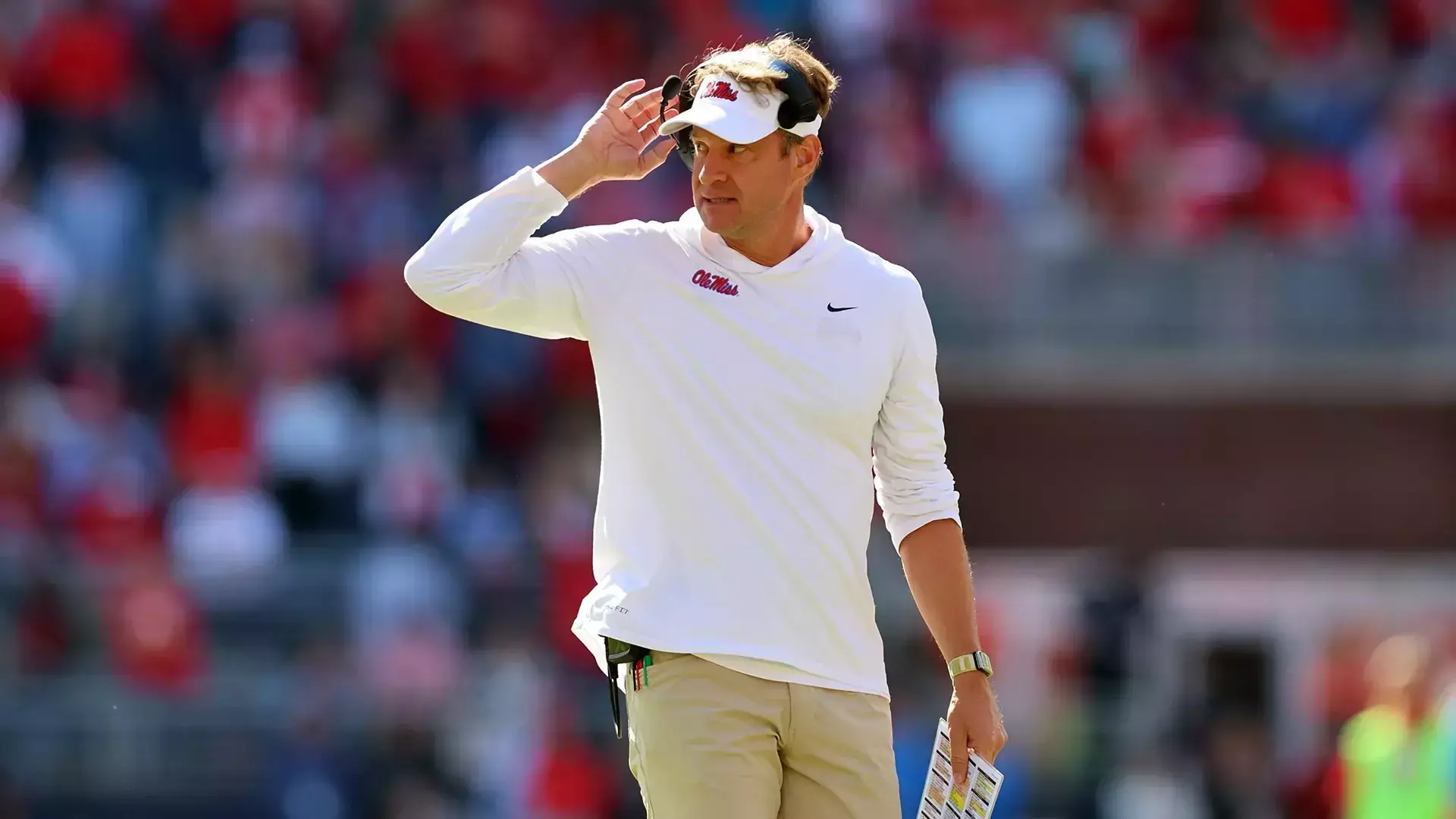
- Outdoor columnist Ben Smith says it’s a good policy to have in mind a total number of does you need to kill before you ever start hunting for the season.
From the looks of things, the third ever velvet season in Mississippi looks to have been a success. I’ve seen several really nice bucks hit the ground, along with several more kids shooting their first ever buck with a bow! It’s an exciting time for hunters across Mississippi because it really does kick off deer season for all of us. Even if you’re like me and didn’t participate in the velvet hunt, seeing pictures of dead bucks from around the state has to get you excited for the upcoming season.
And speaking of the upcoming season, there’s been a topic that has been bounced around in several conversations that I’ve had with fellow hunters lately. The topic of “when is the best time to kill does on your property” is a deer camp conversation that usually has hunters on further ends of the spectrum than Democrat or Republican. It’s an ongoing debate that usually elicits fiery responses from both sides.
Knowing my audience, and knowing how passionate most of you are, let me go ahead and settle the debate for you guys. There’s no right or wrong time. How’s that for an answer? I’ll explain my reasoning here shortly, so don’t leave just yet. I have one exception for a time not to kill a doe and that’s during the rut. And it has nothing to do with their breeding cycle, I simply just don’t kill does during the rut because that’s usually one of the easiest times to kill a buck.
I mentioned hunters being at different ends of the “doe killing” spectrum. You’ll have one group that says kill all of your does before the rut happens. I don’t mind this logic, but not for the reason most of them are talking about. I think killing your does early season makes sense in a lot of ways. One, it thins your population of breed-able does making bucks get up and work harder to find a hot doe. Two, it puts meat in the freezer early in the season somewhat taking the edge off. I’m a much better hunter when I’ve got meat in the freezer and I’m not pressing to kill a deer. It makes my winter hunts much more enjoyable.
Notice that I didn’t say anything about killing does before they are bred. I’ve heard tons of hunters talk through the years about not killing a doe after the rut just in case they’ve already been bred. I’ve never understood this logic. If you kill a doe in October, she’s not going to give birth in July. And if you kill a doe in January, once again, she’s not going to give birth in July. Isn’t that the same thing?
The breeding date range in Mississippi is from early December to early February, depending on what part of the state you are in. You hear stories from turkey hunters claiming to see bucks chasing does in March, and I’m not denying that it doesn’t happen, but it’s not normal. Given that information, and it’s solid data, the likelihood of killing late season doe that has already developed a fetus is pretty low. I think it’s a safe bet to say you’re more likely to kill an early season doe that hasn’t yet dropped her fawn than you are to encounter a late season doe that has already developed a fetus.
Another argument for not killing all of your does during the pre-rut is the bucks are going to need something to keep them hanging around. Your food plots and corn feeders will keep them hanging around for a while, but sooner or later they are going to need something a little more. They’ll go days without eating in pursuit of that scent, so what does that tell you? Better keep some of those does around if you want to see bucks come December.
So, is there a way to balance this? I believe so. Just like I don’t believe anyone should be on the far left or far right ends of the political spectrum, the same applies to killing does. Depending on your overall deer population, and the population of mature does on your property, I like the idea of killing half of your total ahead of the rut and the other half of your total right after the rut. It’s a good policy to have in mind a total number of does you need to kill before you ever start hunting for the season.
Now, after saying all of that, the best indicator of whether or not you need to shoot a doe is very simple. If you need meat, and a shot opportunity presents itself, shoot the doe. Don’t pass up an opportunity to fill the freezer just because some guy said it wasn’t the right time of the season for you to kill a doe. The main reason for hunting is for meat. That’s what you’re there for. Shoot the doe.
Something else to think about since we are about to dive headfirst into deer season: don’t pass up on the first day of your hunt what you’d shoot on the last day. I wish that I’d take my own advice on that sometimes. I can’t tell you how many times I let something walk early in the season waiting for something better only to go home with an empty cooler. The whole ride back is spent wishing I’d killed that early season deer. We are never promised tomorrow and are never promised something bigger and better around the corner, so keep that in mind. And as always, practice safety in the woods. Know your target long before you put your finger on the trigger so we can all hunt again tomorrow.
